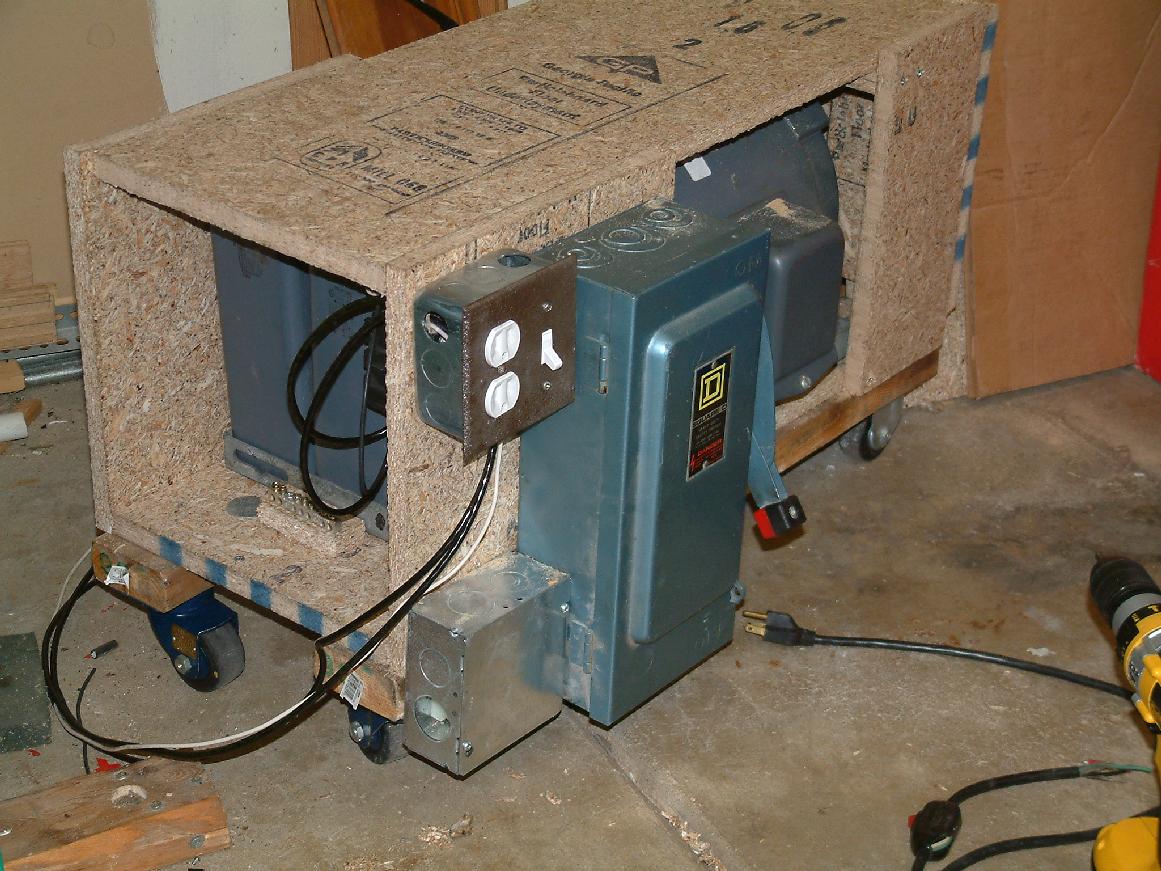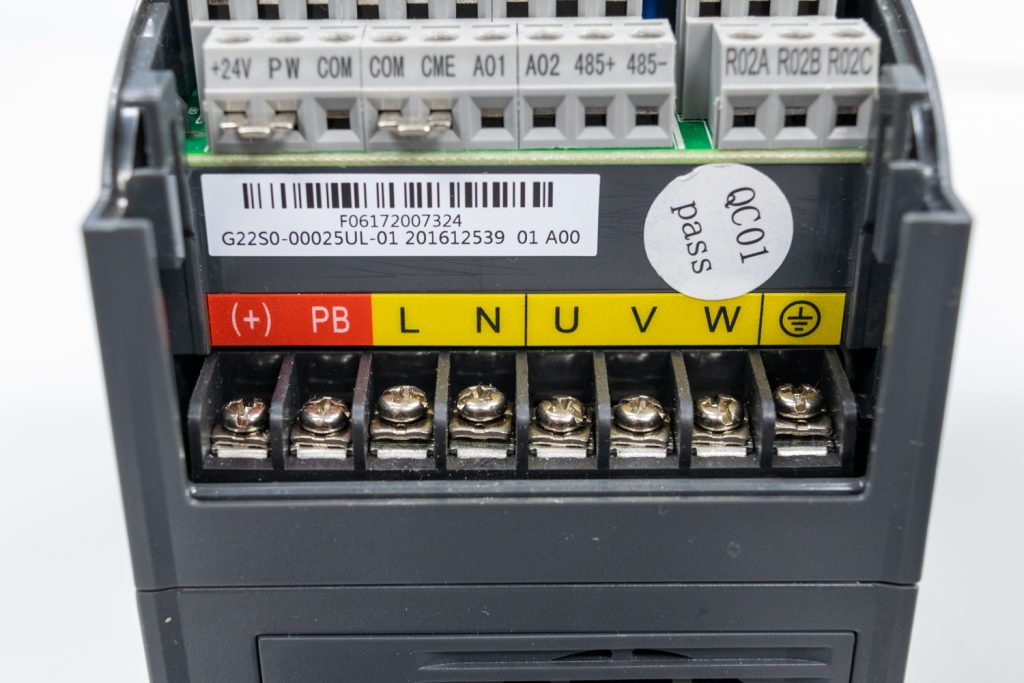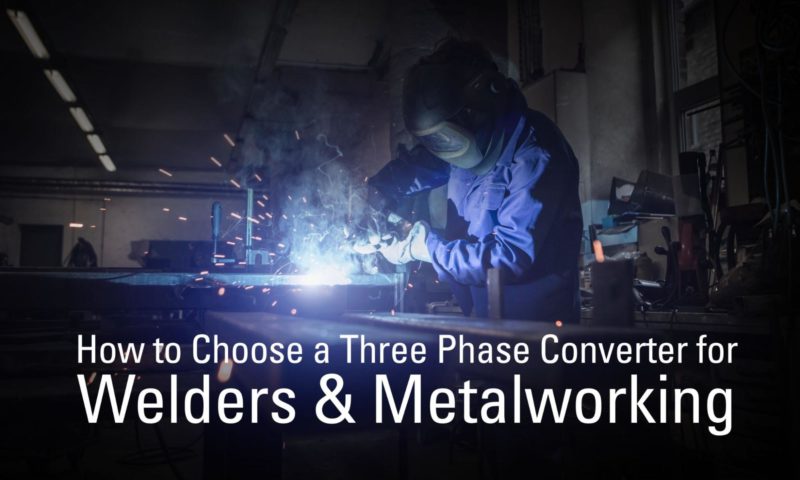Converting a 3 phase welder to single phase typically requires rewiring the welder and possibly replacing some components. Consult the welder’s manual and a qualified electrician to ensure compatibility and safety.
Welding equipment often comes in various configurations to suit different power supply types. A 3 phase welder, designed for industrial environments, might seem incompatible with a single-phase electrical system commonly found in residential areas. To bridge this gap, a conversion is necessary, which usually involves technical adjustments to the machine’s internals.
This transition should not be taken lightly since it affects the unit’s performance and safety. The complexity of the conversion process depends on the specific model of the welder and its intended use post conversion. Undertaking this without proper guidance might lead to inefficiencies or even hazards. Hence, those skilled in electrical systems or professionals in the field should handle such modifications, keeping in mind the user’s safety and the machine’s longevity.

Credit: en.wikipedia.org
Understanding 3 Phase Welders
Join us as we explore the world of 3 phase welders. These powerful machines play a vital role in industrial settings. Understanding how they operate will unlock the potential for conversion to single phase. Let’s dive into the specifics of 3 phase welders and how they work.
What Is A 3 Phase Welder?
A 3 phase welder is a tool used in heavy-duty welding jobs. It’s designed for tough, industrial projects. This welder runs on three electrical phases, allowing efficient power distribution. With this kind of power, it’s a go-to for professionals.
How Does A 3 Phase Welder Work?
Imagine a team where each member works in sync but at different times. That’s how a 3 phase welder operates. It distributes energy in a cycle, making welding tasks smoother and quicker. Here’s a breakdown of its operation:
- Three wires, each with electric current, supply power
- The currents peak at different times, keeping the power constant
- Welds are high quality with less power interruption
- Overall, the process is more efficient than single phase welding
Limitations Of 3 Phase Welders
Understanding the limitations of 3 phase welders is crucial for professionals in the welding industry. While these machines provide robust performance suitable for industrial applications, they might not be the best choice for all environments.
Availability Of 3 Phase Power Supply
One significant limitation is the need for a specific power setup. Not all workshops or garages are equipped with 3 phase power supply. This type of power is common in industrial zones but less so in smaller shops or home garages. Converting to single phase allows use in a wider range of places.
Higher Energy Consumption
3 phase welders typically consume more power compared to their single-phase counterparts. This higher energy use can lead to increased electricity bills. Users operating in cost-sensitive environments might find single-phase welders more economical.
Converting A 3 Phase Welder To Single Phase
For individuals who face the challenge of having only a single-phase power supply, the need to convert a three-phase welder becomes paramount. The transformation unlocks the welder’s capabilities for home or small workshop use. This informative guide walks users through the steps of making this critical conversion.
Importance Of Converting To Single Phase
- Greater accessibility: Most homes have a single-phase power supply.
- Cost savings: Avoid the expense of upgrading to a three-phase system.
- Flexibility of use: Use the welder in various settings without three-phase power.
- Increased safety: Avoid potential dangers associated with unauthorized electrical modifications.
Equipment And Tools Needed
| Tool/Equipment | Description |
|---|---|
| Single-phase motor | Replaces the three-phase motor in the welder |
| Capacitors | For compensating the power difference |
| Wiring and connectors | For establishing new electrical connections |
| Screwdrivers | To open the welder’s housing and install components |
| Multimeter | To ensure correct voltage and connections |
Step-by-step Conversion Process
- Disconnect from power: Safety first. Ensure the welder is off and unplugged.
- Remove three-phase motor: Open the welder housing and take out the three-phase motor.
- Install single-phase motor: Place the single-phase motor where the old one was situated.
- Wire the motor: Use the correct wiring diagram to connect the motor to the power supply.
- Install capacitors: Attach capacitors if necessary to balance the power distribution.
Once these steps are complete, test the welder with the multimeter. Ensure all connections are secure. Trial a welding task to confirm the conversion success. With attention to detail and safety, you can transition smoothly to single-phase power and keep welding without interruptions.

Credit: vfds.com
Considerations And Safety Precautions
When you set out to convert a 3 phase welder to single phase, safety must be priority. Understanding the risks and procedures ensures the task is done correctly. Taking the right steps can save time and avoid dangers.
Consulting A Professional Electrician
Tackling electrical work can be complex and risky. Always consult a qualified electrician before you start. Electricians will know codes and proper practices. They can help ensure a safe conversion from 3 phase to single phase power. Getting professional guidance is crucial to avoid costly mistakes.
Understanding Electrical Requirements
Before changing your setup, understand your welder’s specifications. Look for the input voltage and power needs. This helps you prepare the correct equipment and protection for the conversion process. You might need things like transformers or phase converters. Understanding these requirements keeps you ready for a successful switch.
Avoiding Potential Hazards
Ensure all safety protocols are in place before you begin converting your welder. Wear protective gear and turn off power sources to avoid electric shock. Keep a fire extinguisher nearby in case of sparks or overheating. Make sure your workspace is clear from flammable materials. These steps protect you and your workplace from possible accidents.
Quick Safety Checklist:
- Wear safety equipment: gloves, goggles, and other personal protective gear.
- Disconnect power sources: ensure all power is off before you start.
- Check workspace: clear the area of anything that can catch fire.

Credit: www.americanrotary.com
Frequently Asked Questions On How To Convert 3 Phase Welder To Single Phase
Can You Convert A 3 Phase Welder To Single Phase?
Yes, a 3 phase welder can be converted to run on a single phase power supply. However, this typically involves technical adjustments or the use of phase converters and may result in reduced power output or efficiency.
What Is Needed For 3 Phase To Single Phase Conversion?
To convert a 3 phase welder to single phase, you’ll need a phase converter or a transformer specifically designed for this purpose. It’s also essential to ensure the voltage and power requirements are compatible with your single phase supply.
Does Conversion Affect Welder Performance?
Conversion from 3 phase to single phase can affect the welder’s performance, often leading to a reduction in power and efficiency. The welder may not perform at its full capacity after the conversion.
Is It Expensive To Convert A Welder To Single Phase?
The cost to convert a welder to single phase can vary. It depends on the equipment you need, such as a phase converter or transformer, and whether you require professional installation services.
Conclusion
Transforming a 3-phase welder into a single-phase unit can be quite straightforward with the right guidance and equipment. Remember to prioritize safety and consult professionals if you’re ever uncertain. Embracing the challenge can lead to great satisfaction and expanded workshop capabilities.
Dive into the project confidently, equipped with the insights from our guide. Happy welding!